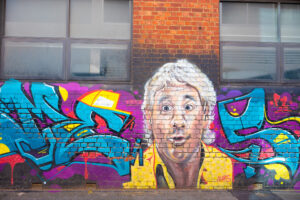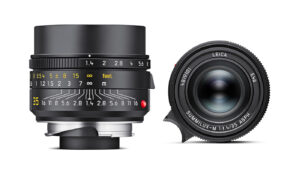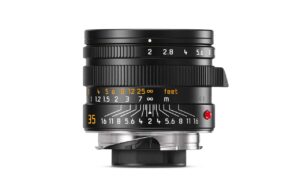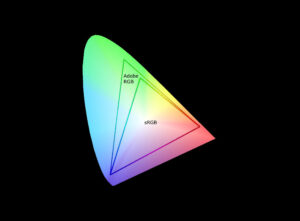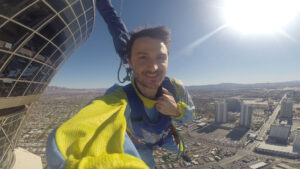In the era of advanced digital technology, deepfakes – artificial intelligence (AI) manipulated images and videos – have emerged as a significant concern. These AI-generated creations often depict people with altered appearances, voices, or actions, making them appear to say or do things they never actually did. The potential for misuse of deepfake technology is vast, ranging from spreading misinformation to personal harassment.
Understanding Deepfakes
Deepfakes are typically crafted with the intention of disseminating false information or for malicious purposes. They can be used to harass, intimidate, or demean individuals, often leading to significant personal and societal harm. A particularly egregious application is in the creation of revenge porn. Gross.
Detection Challenges
Detecting deepfakes is increasingly challenging as the technology evolves. Early detection methods, like observing unnatural blinking patterns, have become less effective as creators adapt their techniques. This ongoing cat-and-mouse game between deepfake creators and detectors complicates the identification of these fakes.
Spotting the Fakes
While sophisticated deepfakes are harder to discern, lower-quality manipulations may have obvious flaws like mismatched lip syncing or unusual skin tones. As ZDNet reports, algorithms currently seem to be better at rendering frontal facial profiles than side profiles. Telltale signs of deepfakes can include inconsistencies in facial transformations, glares, lip movements, and natural sounds. I daresay the technology will continue to get better though.
Tools for Detection
To combat this issue, resources like MIT’s Detect Fakes provide guidance on identifying deepfakes. The site emphasizes scrutinizing small details, such as facial artifacts, beauty marks, or facial hair.
Fact-Checking and Verification
As with any information, fact-checking is crucial when encountering potential deepfakes. Cross-referencing with reliable sources is key to verifying the authenticity of the content.
Actions Against Deepfakes
My thoughts are if you encounter a deepfake, refrain from sharing it to avoid contributing to its spread. If you are the subject of a deepfake, legal advice should be sought immediately, as creating and distributing such content without consent is illegal.

Deepfakes represent a growing threat in the digital world, blurring the lines between reality and fabrication. Understanding their nature, staying vigilant for signs of manipulation, and employing available tools and resources are essential steps in navigating this challenging landscape. As AI technology continues to advance, staying informed and cautious is more important than ever in safeguarding the truth and integrity in digital media.


